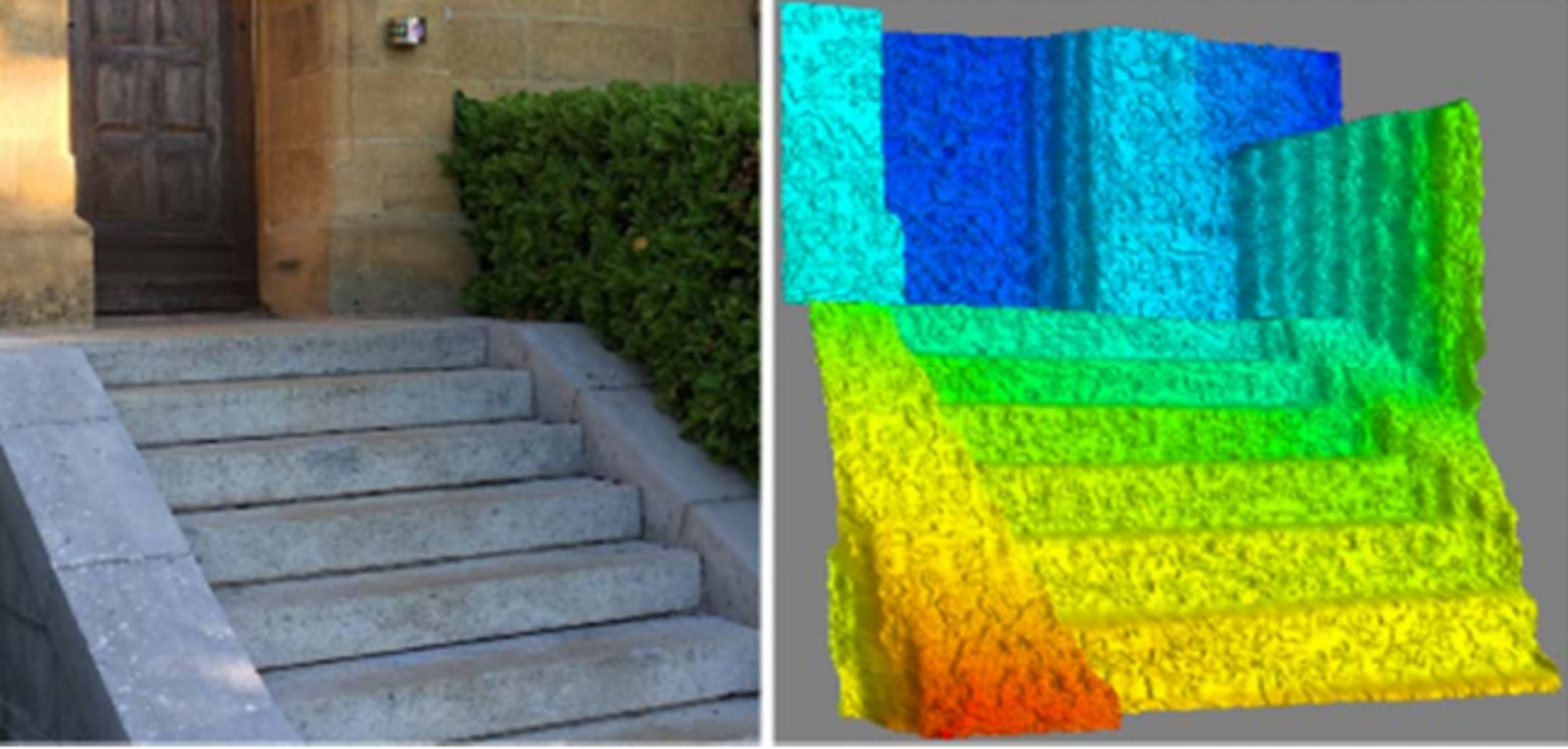Flash imaging LiDAR enables high resolution imaging in one shot
Around the world, space agencies and private companies consider flash imaging LiDAR as a key technology, which will help enable autonomous landings on objects in space and on‐orbit operations.
A flash imaging LiDAR generates 3D images of the target, which contain a wealth of information, all essential for the successful completion of either of these tasks. The 3D image is generated in one single shot, unlike current state-of-the-art scanning systems. The absence of moving parts means less mass and volume, which allows a better integration to a mission and reduces its complexity and sensitivity to vibrations or target motions.
While the technology is in its infancy, two companies have demonstrated docking experiments on the ISS using flash LiDAR. As a result, ESA developed the Miniaturized Imaging Laser Altimeter (MILA).
To advance on MILA, a new activity with the Technology Development Element and CSEM in Switzerland has investigated a compressive sensing approach and to improve on MILA’s spatial resolution.
Called CECILE, the activity successfully designed and manufactured a compressive sensing flash imaging LiDAR.
The activity also conducted a comprehensive study of compressive sensing algorithms suited for processing.
As a result, a functional breadboard was built, with both an embedded data acquisition and post-processing ability.
Where higher resolution is necessary for specific missions, this technology remains a potential solution. Although the breadboard showed two limitations. Firstly, the expected gain in spatial resolution was not achieved, mainly due to a slight optical misalignment, which cannot be corrected in the current breadboard. Secondly, the post-processing time necessary to reconstruct a single image is about 8 minutes.
Next, the activity will assess whether or not using a large FPGA processor might improve the processing times, although it will affect power consumption.
T916-004MM closed in 2019. All documentation was recently received and published on the TEC DMS.


